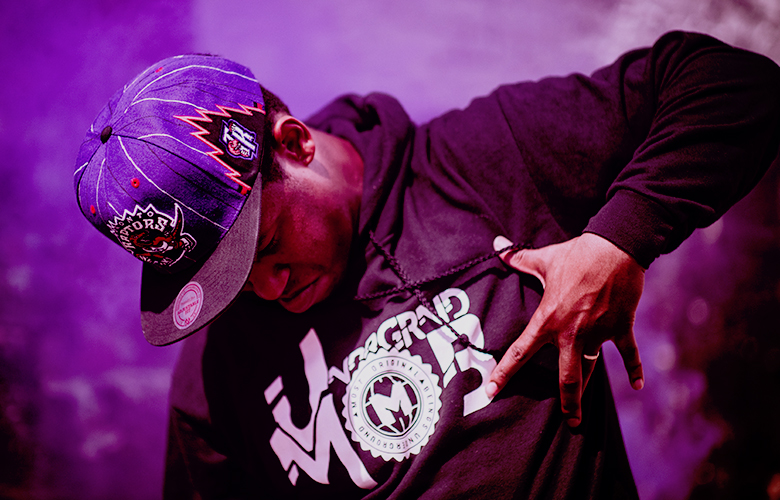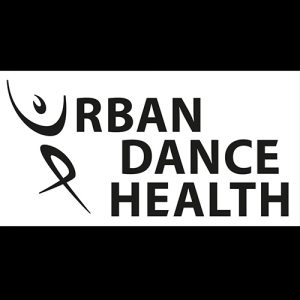
When you are looking at injury prevention for dance, first of all you have to be aware of your risk factors and the causes of why you may get injured. If you optimise your training, you are definitely going to be dancing in a healthier way, improve your general condition and you’ll surely benefit from it. Finally I have made some recommendations of an additional physical preparation through other sports.
Read the following points and apply it to your dance!
Reduce the risk of getting injured through:
What you can change easily to train in better conditions:
What do you have to do to stay in good general condition:
Train your endurance, force, balance and flexibility:
Endurance: Do other sports as additional training such as swimming, climbing, biking, running
Force: you can use your own body weight (push-ups, squats, sit-ups) or with barbells or with fitness machines
Balance: slack-lining, instable support area, exercises with closed eyes
Flexibility: stretching
REFERENCES:
Cho, Chul / Song, Kwang / Min, Byung / Lee, Sung / Chang, Hyuk / Eum, Dae (2009). Musculoskeletal injuries in break-dancers. In: Injury. 40/2009. S.1207–1211.
PMID: 19540489
DiFiori, John / Caine, Dennis / Malina, Robert (2006). Wrist Pain, Distal Radial Physeal Injury, and Ulnar Variance in the Young Gymnast. In: American Orthopaedic Society for Sports Medicine, 34/5/2006. S. 840-849.
PMID: 16493174
Goeller, Karen / GymnasticsDrills.com: The hand stand is the most important skill. In: Technique, 9/10/2005. S. 6-7.
Ojofeitimi, S. / Bronner, S. / Woo, H. (2010). Injury incidence in hip hop dance. In: Scandinavian Journal of Medicine & Science in Sports, 22/2012, 347-355.
PMID: 20807386
Also By Urban Dance Health:
What’s The Buzz on HIIT? High Intensive Interval Training
Breakdancing: Warm Up Essentials


Urban Dance Health (UDH) is located in Stuttgart, Germany. It consists of a team of three physiotherapists who are internationally established dancers themselves, so they know both the requirements and the needs of dancers. They regularly conduct health workshops for dancers and dance teachers, offer health checks at events and publish tutorials and articles in the Urban Dance Health Blog. The Urban Dance Blog covers topics such as injury prevention, rehabilitation and regeneration as well as scientific research about how to maintain a long and healthy dance career. In order to promote the health of dancers in a sustainable way, UDH now also trains medical professionals in dance medicine. Doctors and therapists require the right tools to respond to the needs of dancers. This creates a worldwide network of health experts who enable interdisciplinary health care for dancers.
Read Full Profile© 2021 TheatreArtLife. All rights reserved.

Thank you so much for reading, but you have now reached your free article limit for this month.
Our contributors are currently writing more articles for you to enjoy.
To keep reading, all you have to do is become a subscriber and then you can read unlimited articles anytime.
Your investment will help us continue to ignite connections across the globe in live entertainment and build this community for industry professionals.